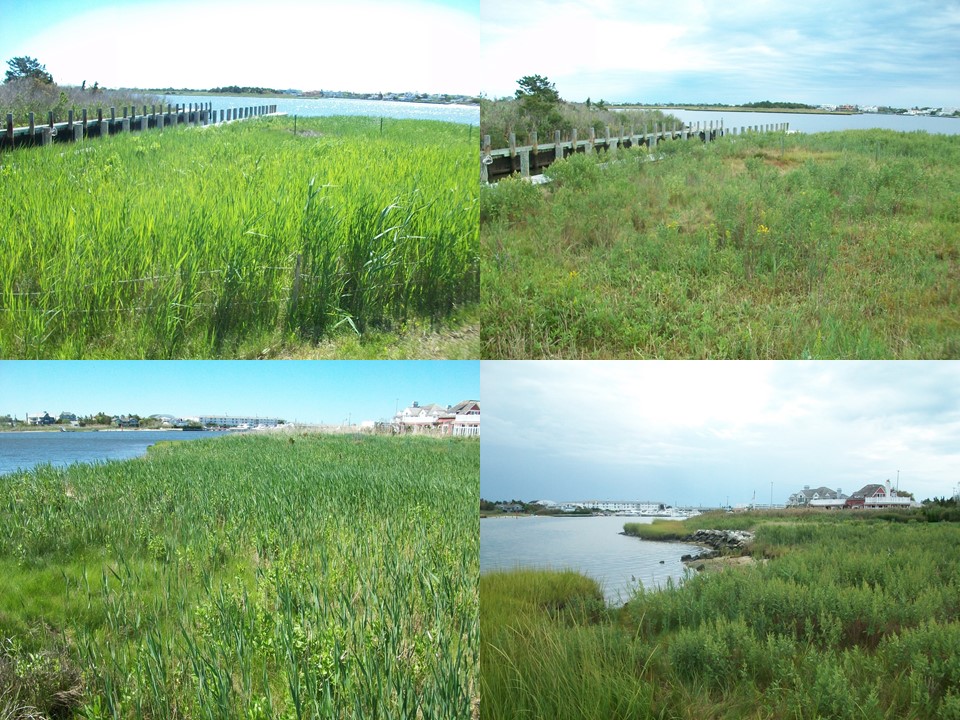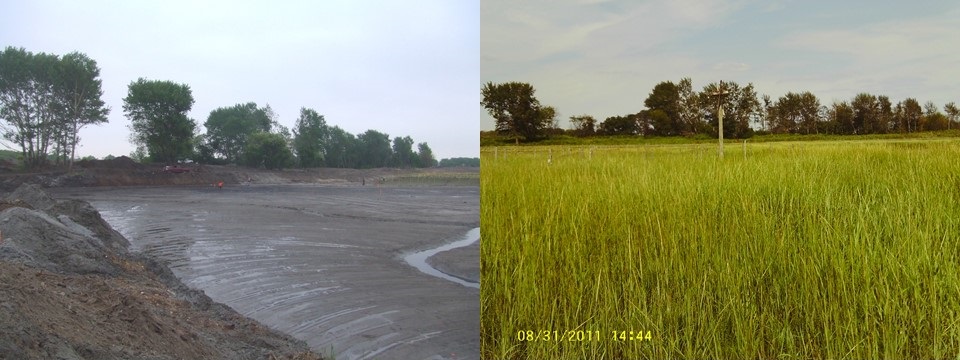Invasive Plant Management
Invasive plants adversely impact the environment, through exclusion of native vegetation by shading and competition for space and alteration of wildlife habitat. For example, grasslands are imperiled on Long Island and throughout eastern North America due to development and forest re-growth. As a result, the populations of many grassland-dependent birds are in decline throughout North America. Many of the endangered, threatened, and special concern bird species in New York State, such as short-eared owl, northern harrier, upland sandpiper, grasshopper sparrow, and vesper sparrow, require large grassland areas for breeding and foraging. Land Use has developed programs to guide restoration of native aquatic, wetland, and upland habitats throughout Long Island. Target species include common reed (Phragmites australis), mugwort (Artemesia vulgaris), tree-of-heaven (Ailanthus altissima), Japanese knotweed (Fallopia japonica), and Asiatic bittersweet (Celastrus orbiculatus); and numerous aquatic species such as Brazilian elodea (Egeria densa) and variable milfoil (Myriophyllum heterophyllum).

Projects:
- Village of Patchogue Aquatic Invasive Plant Management (Patchogue, NY)
- Village of Mill Neck Phragmites Management (Mill Neck, NY)
- Phragmites Management Projects within Georgica Pond and Georgica Cove (East Hampton, NY)

